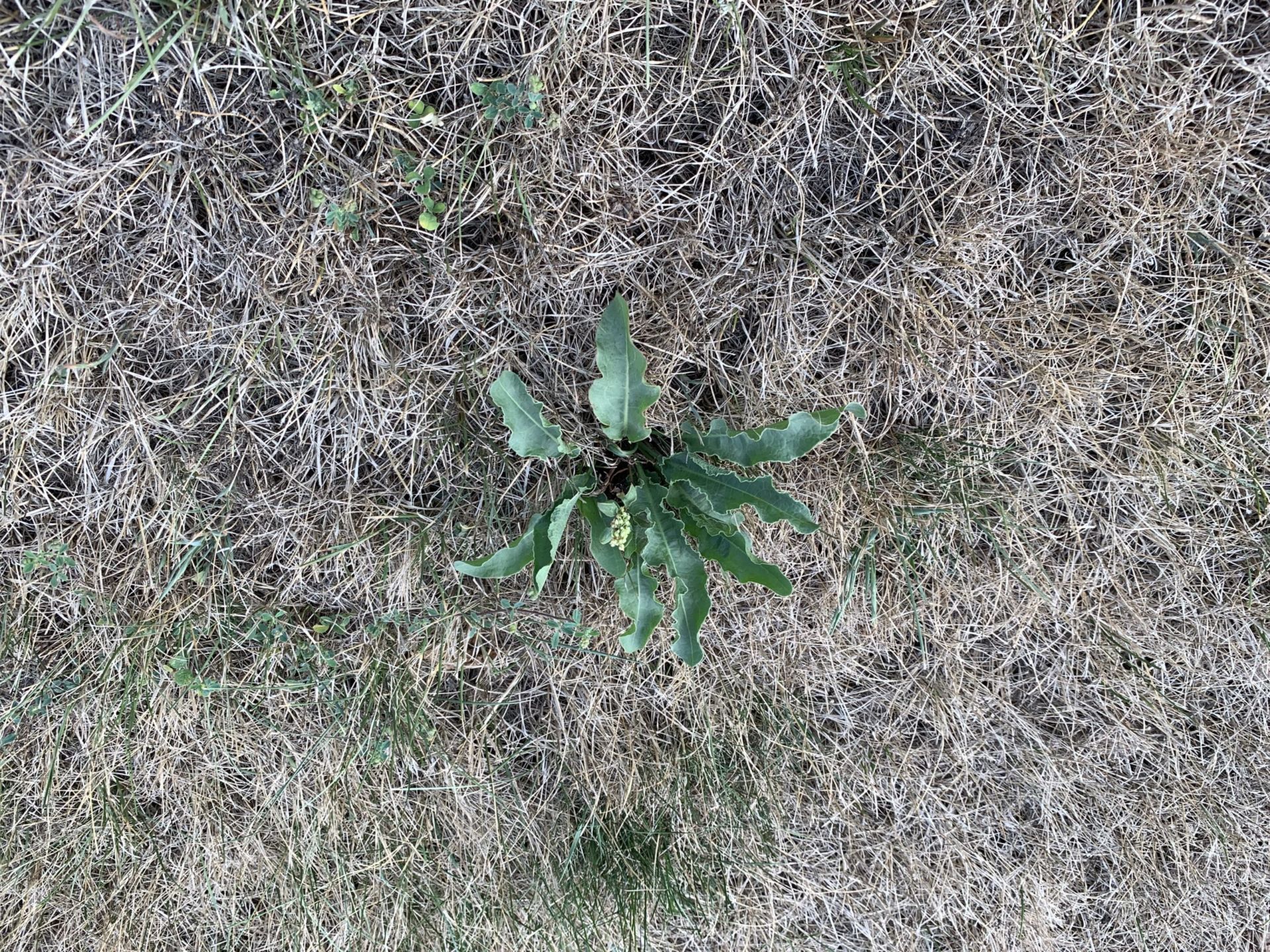Drought
Garden Clippings for August 17, 2019
A prolonged summer drought is despairing. Grass turns from green to beige, deciduous trees and shrubs wilt, the veggie patch needs constant watering and newly planted trees suffer for lack of moisture.
While you and I as city slickers have little to worry about during dry weather, farmers have more at stake. This year Lambton County farmers planted their crops late because of excessive spring rains and soon after planting, the clouds dried up. A few farmers have been lucky with the occasional cloudburst, while the next-door neighbour’s soil remains parched.
Is there a silver lining that follows a drought? Perhaps so.
Grass roots become strengthened during dry weather. A frequently watered lawn has lazy roots because there is no need to go deep in search of moisture. Dry weather forces roots to stretch deep, thus preparing the lawn for the next drought. When rain finally arrives, usually in early September, dry grass responds with a vengeance and produces green grass that out-performs any lawns that have automatic sprinkler systems.
The downside of a parched lawn is that weeds take advantage of the situation. Unwanted weed seeds love sun exposure and have an easier time growing than when grass is dense. The solution is to provide water less often but in greater volume. For most lawns, an inch of water once a week is ideal.
Dry summers bring more spring flowers. Trees and shrubs that flower in Spring set their flower buds in the previous July and August. And when flowering plants experience stress, they generally produce more flower buds. Next spring, we can expect prolific Lilacs, Snowballs, Forsythia, Magnolias, Flowering Crabs and Cherry Blossoms.
Conservationists and environmentalists who study weather patterns around the world know that nature has its ups and downs and in most parts of the world there will be good times and bad times. During periods of drought and even famine, the strongest plants and animals survive while the weakest suffer and might die. Survival of the fittest has its place in the world, often reducing insect infestations, strengthening good trees and making strong animals hardier.
Local conservationists know that wetlands that remain too wet are a problem. Invasive species thrive with too much water. Many seeds need air in order to sprout and need firm dry soil in order to stand up. Periodic dry spells assist in plant decomposition and encourage rejuvenation.
Finally, a good drought is a wake-up-call. Here in the Great Lakes region we enjoy the finest fresh water supply in the world, something we easily take for granted. In California, where many regions suffered several consecutive years of drought, you can be rest assured that residents have a renewed respect and appreciation for water.


